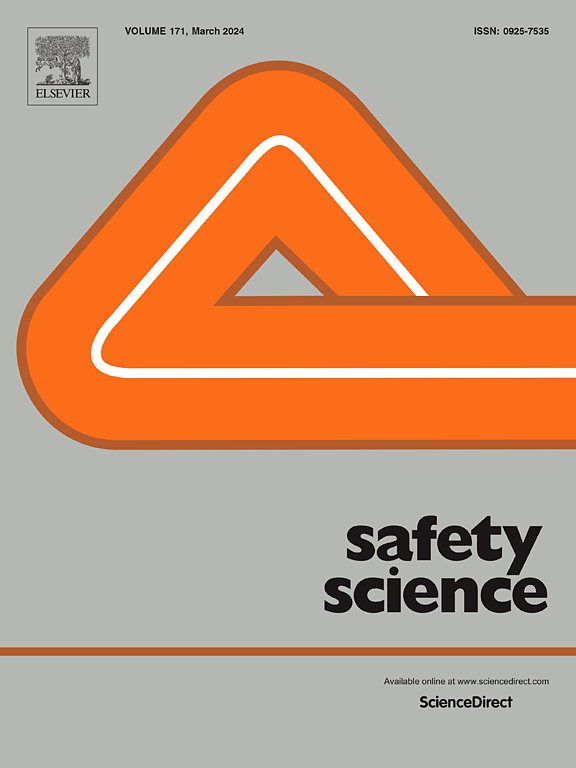What is safety? contemporary definitions and interpretations across North America
IF 4.7
1区 工程技术
Q1 ENGINEERING, INDUSTRIAL
引用次数: 0
Abstract
Definitions form the foundation of every scientific discipline. Lack of precise definition hinders the scientific community, preventing the testing of hypotheses, replication of protocols, and debate on conclusions. The term ‘Safety’ is widely used in myriad different contexts, creating the impression that there is agreement about its meaning. This belief is reinforced by its frequent use, leading to a reasonable assumption that it is universally comprehended. However, there is very limited research on how safety is defined. Drawing on 518 qualitative responses from safety professionals across North America to the question ‘what is safety?’, thematic analysis reveals that we are still far from consensus. No single precise definition of safety emerged from within the community, and thus a shared definition remains elusive. A temporal lens could be applied to the various definitions shared, with safety considered in past, present and future terms, each with their own associated constructs. Whilst a single definition of safety appears improbable to attain, common definitions are needed to advance collaboration among stakeholders across various sectors. Further work is needed to drive consensus towards such definitions to better underpin comparable and consistent safety research, able to advance safety practices and enable practitioners, researchers, and organizations to collectively work together towards safer environments that benefit all.
求助全文
约1分钟内获得全文
求助全文
来源期刊

Safety Science
管理科学-工程:工业
CiteScore
13.00
自引率
9.80%
发文量
335
审稿时长
53 days
期刊介绍:
Safety Science is multidisciplinary. Its contributors and its audience range from social scientists to engineers. The journal covers the physics and engineering of safety; its social, policy and organizational aspects; the assessment, management and communication of risks; the effectiveness of control and management techniques for safety; standardization, legislation, inspection, insurance, costing aspects, human behavior and safety and the like. Papers addressing the interfaces between technology, people and organizations are especially welcome.
 求助内容:
求助内容: 应助结果提醒方式:
应助结果提醒方式:


